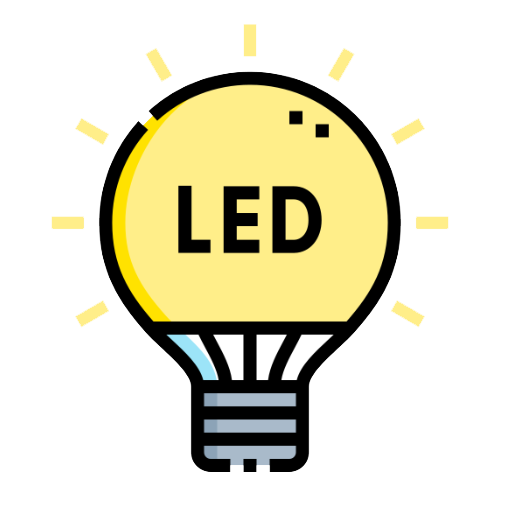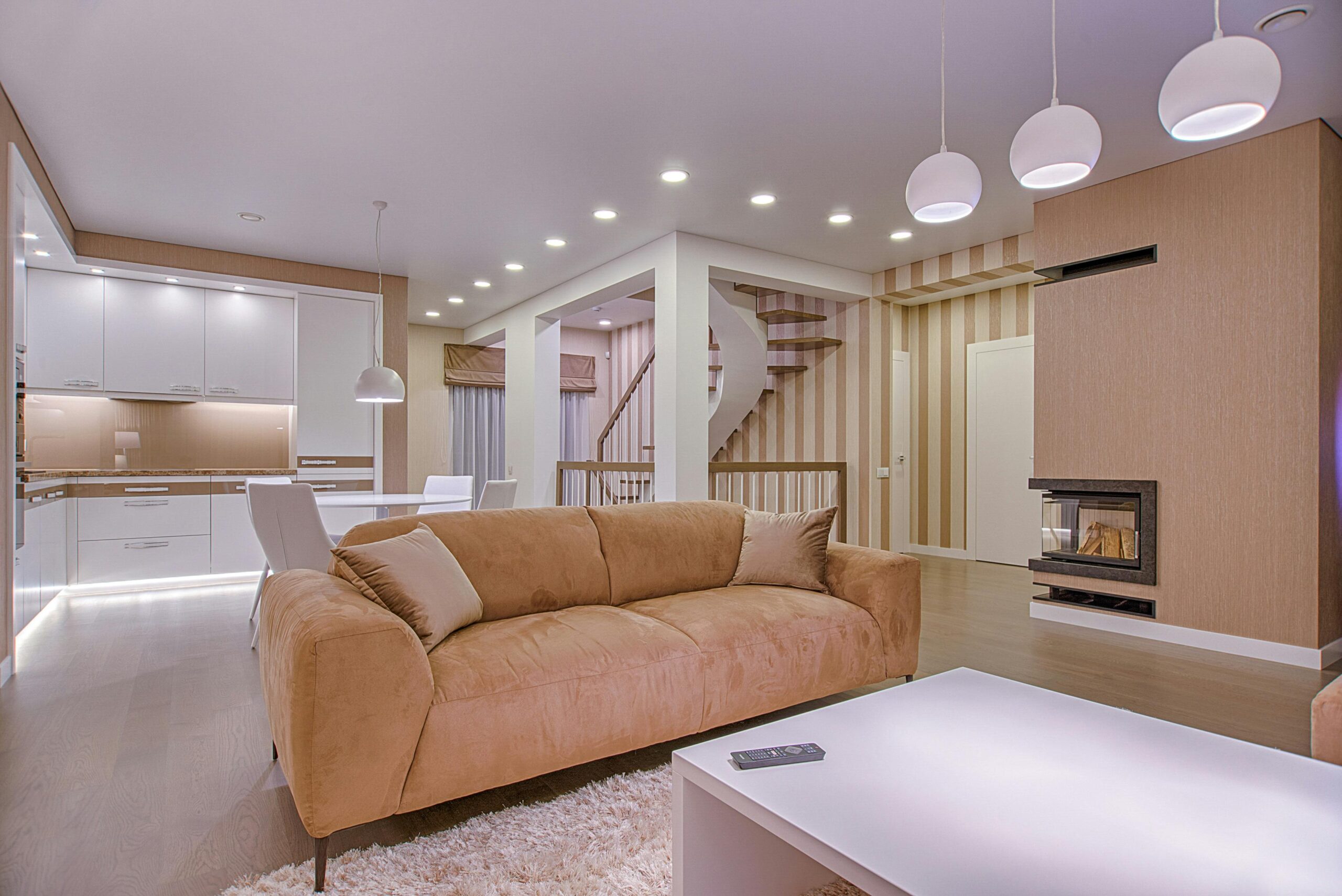One of the reasons I switched to LED lighting was because of its long lifespan and energy efficiency. Unlike traditional bulbs that burn out quickly, LEDs can last up to 50,000 hours or more—but only if they’re properly maintained. I’ve learned that with a few simple maintenance practices, I can extend the life of my LED lights and keep them performing at their best for years to come.
If you’ve invested in LED panels, bulbs, or smart lighting systems, you’ll want to make sure they last as long as possible. Here are some best practices I follow to keep my LED lights working efficiently.
1. Keep Your LED Lights Clean
I didn’t realize how much dust and dirt could affect LED performance until I noticed some of my lights dimming over time. Dust and debris can accumulate on light panels, bulbs, and fixtures, reducing brightness and causing overheating.
How to Clean LED Lights Properly:
✔ Turn off the power first – Always unplug or switch off the light before cleaning.
✔ Use a dry microfiber cloth – Wipe the surface gently to remove dust without scratching.
✔ For tougher grime, use a damp cloth – Avoid harsh chemicals, and never spray water directly onto LED fixtures.
✔ Check ventilation areas – If your LED panels have air vents, keep them dust-free to prevent overheating.
Regular cleaning—about once every few months—ensures that your LEDs stay bright and efficient.
2. Avoid Overheating: Proper Ventilation is Key
One mistake I see people make is installing LED panels in tight, enclosed spaces where heat can’t escape. While LEDs don’t produce as much heat as incandescent bulbs, they still need proper airflow to prevent damage.
Tips to Prevent LED Overheating:
🔹 Don’t install LED panels too close to insulation – Trapped heat can shorten lifespan.
🔹 Ensure good air circulation around fixtures – Avoid blocking ventilation holes.
🔹 Use compatible dimmers – Some dimmers can overwork LEDs, leading to heat buildup.
If an LED feels unusually hot to the touch, check if it’s installed correctly or if ventilation needs improvement.
3. Use High-Quality LED Drivers & Power Supplies
I’ve learned that cheap LED drivers can lead to flickering, overheating, and early failure. The driver is the power source for your LED lights, and a low-quality driver can wear out quickly.
How to Choose the Right LED Driver:
✔ Look for brand-name, energy-efficient drivers.
✔ Ensure the driver matches the voltage and wattage of your LED panel.
✔ If using smart LEDs, use a power supply compatible with dimming features.
Upgrading to a high-quality LED driver has helped my lights last much longer without flickering or dimming.
4. Turn Off Lights When Not in Use
One of the biggest myths I used to believe was that leaving LED lights on all the time doesn’t affect lifespan. While LEDs are energy-efficient, they still experience wear and tear over time.
Best Practices for LED Usage:
💡 Use motion sensors or timers – Automate lighting in rooms that aren’t always occupied.
💡 Turn off lights when leaving a room – Even LEDs need breaks to avoid unnecessary strain.
💡 Use smart lighting controls – Adjust brightness levels to extend longevity.
A small habit like switching off unused LEDs can significantly extend their lifespan.
5. Protect LEDs from Power Surges
One of the worst things that can happen to LED lights is a power surge. A sudden spike in electricity can damage LED drivers and shorten the lifespan of your lighting system.
How to Prevent Power Surge Damage:
🔹 Use surge protectors – Especially for LED panels and smart lighting systems.
🔹 Avoid frequent on/off switching – Turning LEDs on and off rapidly can strain the circuitry.
🔹 Check for loose wiring – Poor electrical connections can cause voltage fluctuations.
After installing surge protectors in my home, I noticed my LEDs last longer and perform more consistently.
6. Install LEDs in the Right Environment
Not all LED lights are designed for every environment. Some LEDs work great indoors but can fail quickly in outdoor or high-humidity areas.
Choosing the Right LED for the Right Space:
✔ Use weatherproof LEDs for outdoor lighting.
✔ Opt for moisture-resistant panels in kitchens and bathrooms.
✔ Check the IP rating – Higher IP ratings mean better protection against dust and water.
Using the right LED for the right conditions prevents early failures and maximizes lifespan.
Final Thoughts: Keep Your LEDs Working for Years
LED lights are built to last, but proper care and maintenance can make a huge difference. By keeping LEDs clean, well-ventilated, and protected from power surges, I’ve extended the lifespan of my lighting by years.
Following these simple practices will help you get the most out of your LED investment, keeping your home or office bright, energy-efficient, and worry-free.
How do you maintain your LED lights? Let’s discuss in the comments! 💡✨

